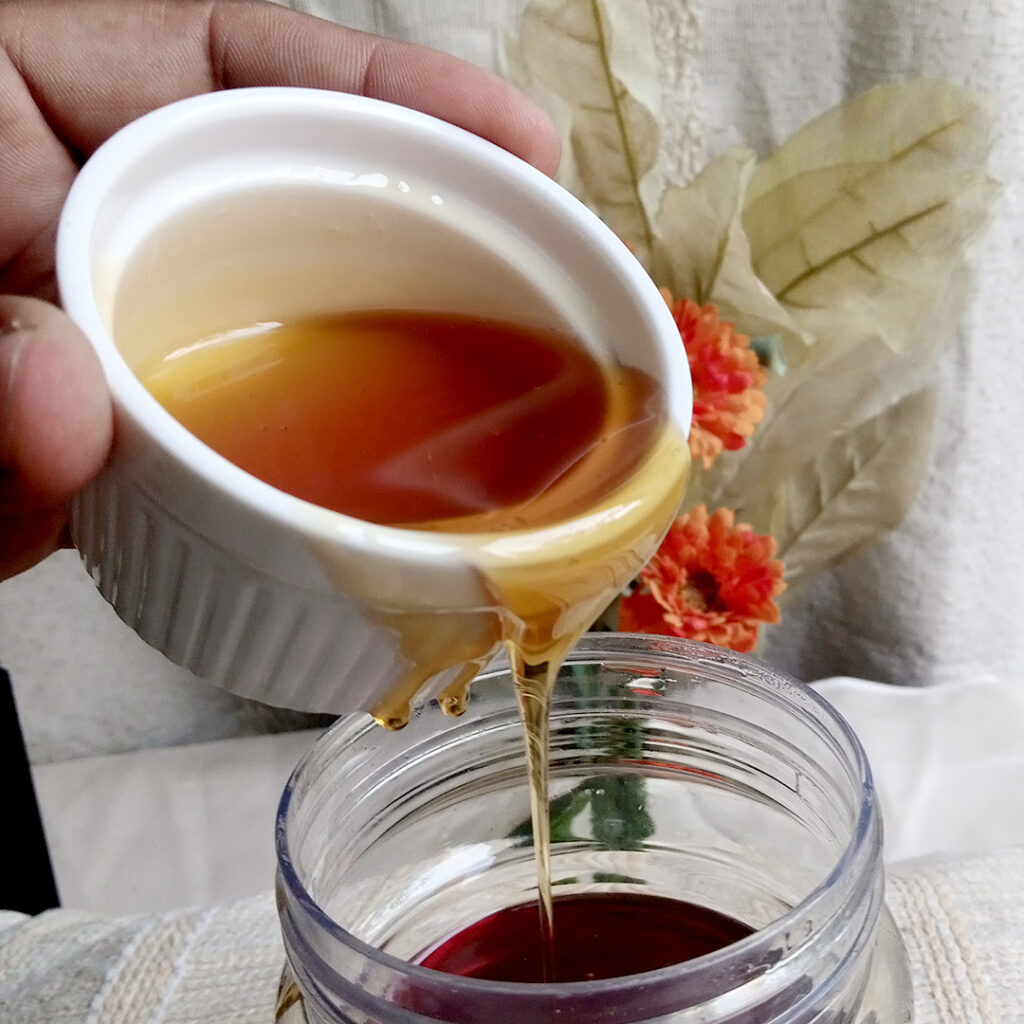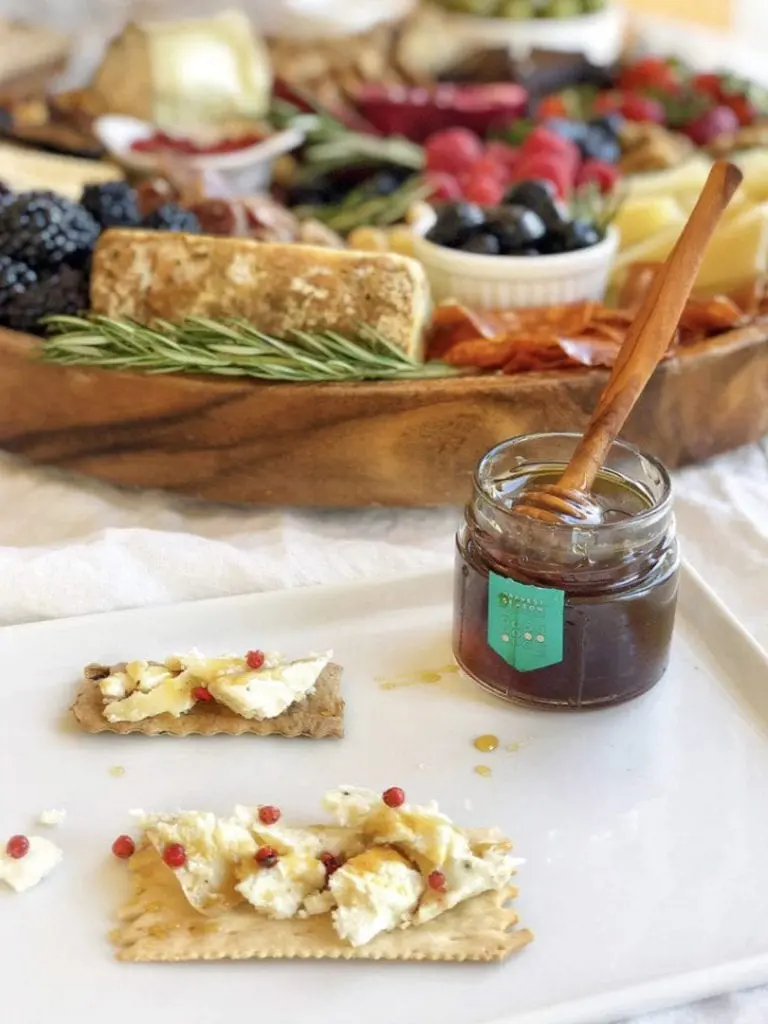Finding the perfect honey and cheese pairing can transform a simple charcuterie board into a culinary adventure. This article delves into the art of matching different honey varieties with thyme and cheeses, promising to elevate the flavors of your next gathering. Honey, with its sweet and sometimes complex notes, can complement or contrast a wide range of cheeses, while the addition of thyme introduces a fresh, earthy dimension. Let’s embark on a journey to discover how these elements can come together harmoniously on your charcuterie board.
Honey and Cheese Pairing Essentials
Before we dive into specific pairings, it’s crucial to understand why honey and cheese are such a match made in heaven. Honey’s natural sweetness balances the saltiness of cheese, highlighting its rich flavors. Thyme, with its subtle lemony and minty undertones, adds another layer of complexity. Whether you’re a seasoned charcuterie board stylist or a novice looking to impress, mastering these pairings will surely make your board a hit.
Table of Contents
- Understanding Honey Varieties
- The Role of Thyme in Pairings
- Perfect Pairings for Soft Cheeses
- Best Bets for Hard Cheeses
- Matching Honey and Blue Cheeses
- Honey and Cheese Pairing Tips for Beginners
- Creating Your Charcuterie Board
- Troubleshooting Common Pairing Mistakes
Understanding Honey Varieties
When it comes to honey and cheese pairing, the type of honey matters just as much as the cheese itself. From the light and floral to the dark and robust, each honey variety offers a unique flavor profile. Here are three popular types:
- Clover Honey: Known for its mild, sweet flavor and light color. It’s a versatile choice that pairs well with most cheeses.
- Orange Blossom Honey: With its citrus notes, this honey adds a fresh zing that can brighten up both soft and hard cheeses.
- Wildflower Honey: As the name suggests, this variety comes from the nectar of various flowers, leading to a complex flavor profile that can vary greatly depending on its source. It’s excellent for adventurous pairings.
Remember, the goal is to complement or contrast the flavors in the cheese. For instance, a robust honey like chestnut can stand up to strong-flavored cheeses without overpowering them.
The Role of Thyme in Pairings
Thyme isn’t just a garnish; it’s a powerful flavor tool. This herb can introduce a vibrant, earthy component to your honey and cheese pairings, especially when fresh. Let’s consider how thyme interacts with different honey varieties:
- Clover Honey + Thyme: This combination brings a gentle hint of sweetness, accentuating the herbaceous qualities of thyme.
- Orange Blossom Honey + Thyme: The citrusy nature of the orange blossom honey combined with thyme creates a refreshing flavor profile.
- Wildflower Honey + Thyme: Depending on the wildflower honey’s nectar sources, thyme can add a balancing note to its potentially complex flavors.
Incorporating thyme into your honey choices can introduce a fresh, aromatic lift that cuts through the richness of many cheeses, creating a more nuanced tasting experience.
Experimenting with Thyme
Don’t be afraid to experiment with different types of thyme (like lemon thyme or caraway thyme) to find unique flavor combinations. Just a small sprig can transform a pairing.
Perfect Pairings for Soft Cheeses
Soft cheeses such as Brie, Camembert, and goat cheese have a creamy texture and a mild to tangy flavor that pairs beautifully with many honey varieties. Here are a few standout combinations:Brie + Clover Honey: The simplicity of clover honey complements Brie’s buttery texture without overshadowing its delicate flavors. Goat Cheese + Orange Blossom Honey: The slight tartness of goat cheese paired with the sweet citrus notes of orange blossom honey creates a stunning balance.
Adding a touch of thyme to these pairings can enhance their flavors, giving them an unexpected twist. For instance, a sprinkle of fresh thyme leaves over goat cheese and orange blossom honey can elevate the pairing from delicious to unforgettable.
Best Bets for Hard Cheeses
Hard cheeses like Cheddar, Gouda, and Parmesan require honey with a stronger character to match their boldness. Here are a couple of pairings that shine:
Gouda + Wildflower Honey: The complex flavors of wildflower honey can stand up to Gouda’s rich and somewhat sweet notes. Add a dash of thyme, and you have a pairing that’s both sophisticated and inviting.
Parmesan + Chestnut Honey: Chestnut honey, known for its dark color and deep flavor, pairs wonderfully with the salty and nutty Parmesan. A sprinkle of thyme can introduce an earthy note, nicely rounding off the pairing.
It’s important to note that the age of the cheese can also impact the pairing. An aged Parmesan, for example, might benefit from an even richer honey like buckwheat to match its intensity.
Matching Honey and Blue Cheeses
Blue cheeses with their strong, pungent flavors are beautifully balanced by sweet, bold honeys. This pairing can be a bit more daring, but when done right, it’s incredibly rewarding.
- Roquefort + Orange Blossom Honey: The bright, floral notes of orange blossom honey cut through the intensity of the Roquefort, creating an exquisite contrast.
- Stilton + Buckwheat Honey: The molasses-like flavors of buckwheat honey are a perfect match for Stilton’s rich and creamy texture.
Again, thyme can play a magical role here, bridging the gap between the sweet honey and the tangy blue cheese, particularly when used sparingly. The idea is to enhance, not dominate, the cheese’s natural flavors.
In these pairings, the balance of flavors is key. Whether you’re selecting a honey to drizzle over a blue cheese or a hard cheese, the goal is to achieve harmony between the sweet and savory elements, with thyme acting as the perfect conductor. As you become more confident in these pairings, feel encouraged to explore and experiment with different honey varieties, cheeses, and even types of thyme to create your signature combinations.
Honey and Cheese Pairing Tips for Beginners
Starting your journey into the world of honey and cheese pairing can seem daunting at first, but it’s easier than you might think! Here are some simple tips to get you started:
- Start with What You Love: Choose cheeses and honey varieties that you already enjoy on their own.
- Balancing Flavors: Aim for a balance where neither the cheese nor the honey overpowers the other. Think about matching the intensity of flavors.
- Experiment in Small Batches: Try small pairings to see what combinations you prefer before committing them to your board.
- Use Fresh Thyme: Fresh thyme leaves can add a burst of flavor that dried thyme simply can’t match.
And remember, part of the fun is discovering new and unexpected pairings that you and your guests will love.
Creating Your Charcuterie Board
Now that you’ve learned about honey and cheese pairing, it’s time to put that knowledge into action by creating your own charcuterie board. Here’s how to make it stunning:
- Variety is key: Include a mix of soft, hard, and blue cheeses along with a range of honey types to offer different textures and flavors.
- Consider presentation: Place each cheese and honey pair near each other on the board with a small spoon for honey to make it easy for guests to try the combinations you recommend.
- Add extras: Complement your pairings with a variety of crackers, fresh fruits, and nuts. These not only add color but also texture and flavor contrasts.
- Label everything: Use small labels to identify the cheeses and honeys. You might even add pairing suggestions to guide your guests.
Creating a charcuterie board is an art in itself, so let your creativity shine!
Troubleshooting Common Pairing Mistakes
Even with the best intentions, sometimes pairings don’t work out as planned. Here’s how to fix common mistakes:Flavor Overload: If a pairing feels too intense, try a milder honey or cheese to tone down the flavors. Missing Balance: If one flavor dominates, introduce a contrasting element. For example, a more acidic cheese can cut through the sweetness of a too-bold honey. Clashing Textures: Ensure the texture of the honey complements the cheese. A too-thick honey might be overwhelming on a delicate soft cheese.
Remember, it’s all about trial and error. Don’t be afraid to adjust based on your preferences and the feedback from your guests.
Final Thoughts on Pairing Honey with Cheese and Thyme
Mastering the art of honey and cheese pairing, especially when adding elements like thyme, can elevate the simplest charcuterie board into a gourmet experience. It’s a journey of flavors, textures, and aromas that invites exploration and creativity. Whether you’re preparing a board for a special occasion or a casual gathering, the key is to enjoy the process of discovering the pairings that resonate most with you and your companions.
So, the next time you’re planning your menu, consider crafting a charcuterie board that showcases the exquisite dance between honey, cheese, and thyme. It’s not just about the food; it’s about crafting an experience that lingers long after the last bite. Happy pairing!
Remember, at the heart of every memorable charcuterie board is passion and creativity. There’s no right or wrong way to pair honey with cheese and thyme, only the delight of discovering what works best for you. So, go ahead, explore different combinations, and most importantly, have fun doing it. Your guests are sure to appreciate the care and thought you put into each pairing, making your gathering an unforgettable one.
Food stylist & founder of One Board Gal. Known for creative food tips and simple cheese board inspiration. I am dedicated to helping you bring a lot to the table by sharing tricks, tips, and education for your next gathering.



